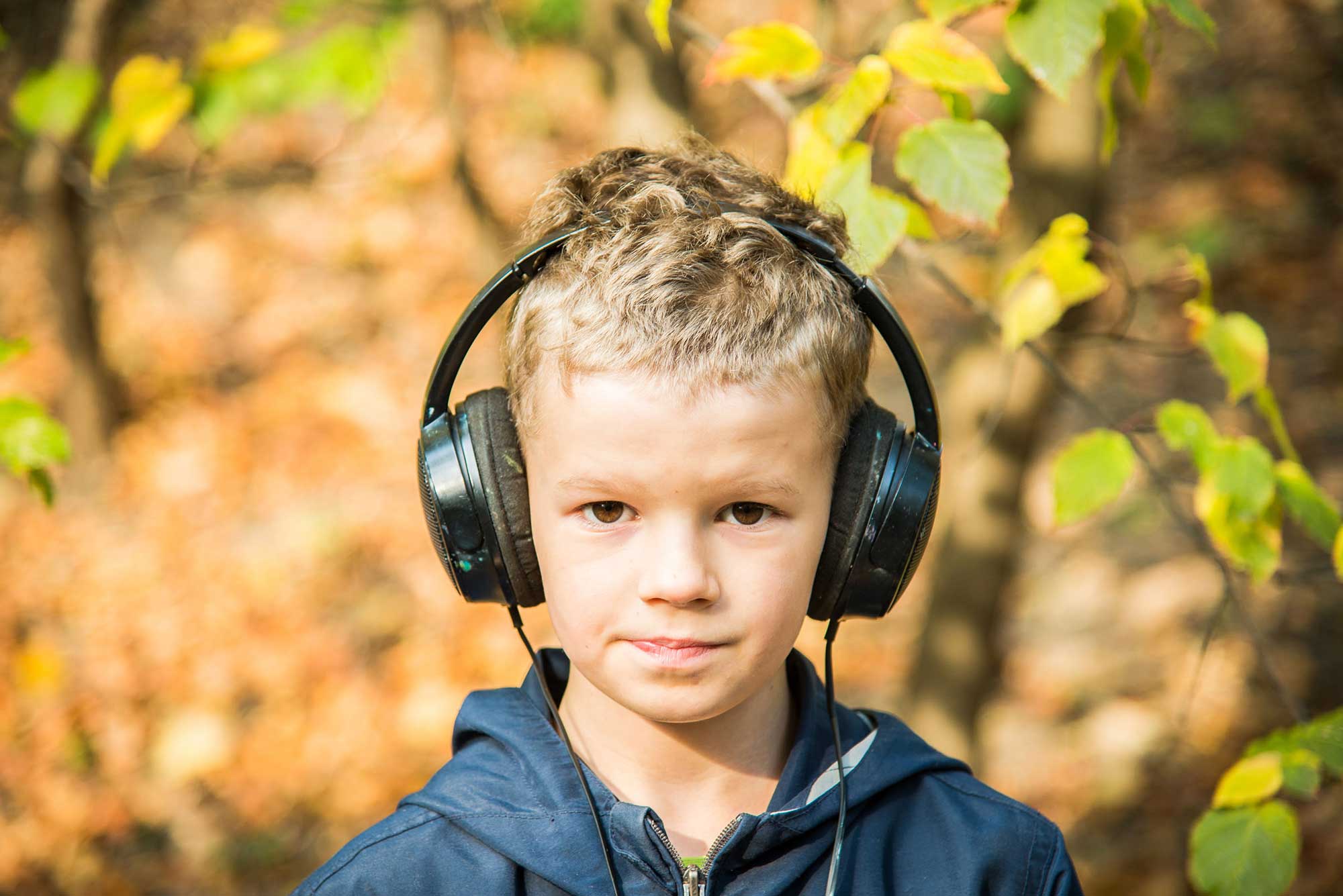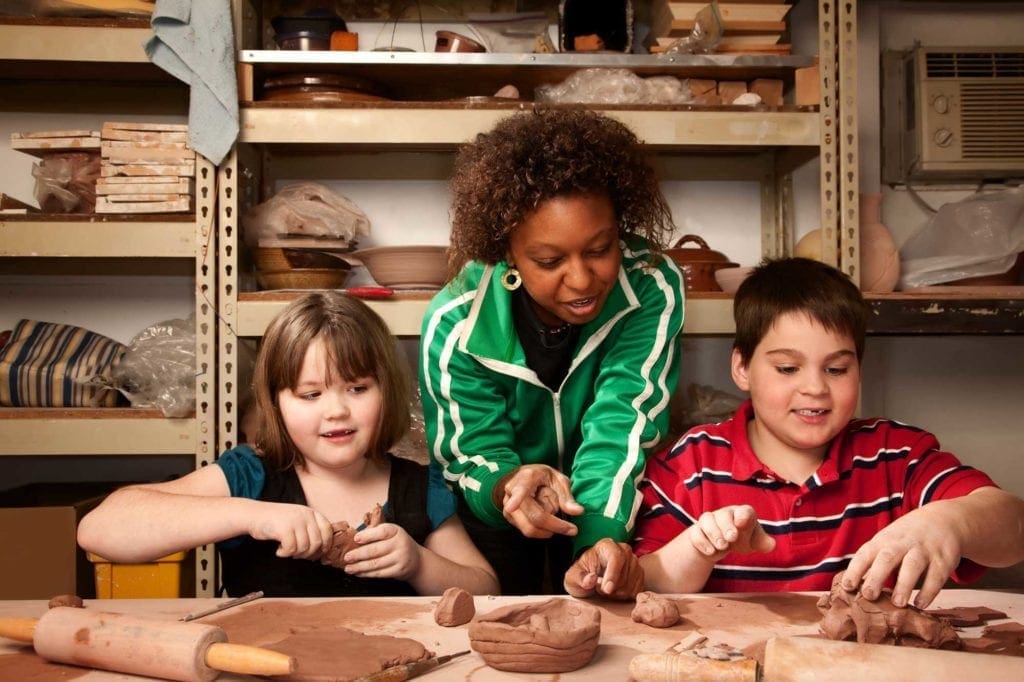
Relevance
How to Get Students to Pay Attention in Class
Want to break through the distractions and get students to pay attention in class? Be relevant! Students are increasingly distracted in the classroom. Recently, a teacher exclaimed to one of our trainers…
“It feels like I’m competing with YouTube… and losing!”
Vernon Johnson, High School Math Teacher

Two Types of Distracted Students
This sentiment is all too common. Kids are spending more and more time online. From social media to games, smartphones and the web are compelling and addictive. And this teacher we mentioned earlier felt like the material he had to offer wasn’t exciting enough to keep his student’s attention.
The problem is, they have such attention-grabbing alternatives. It may be Instagram or Fortnite, it doesn’t matter. The internet is just super compelling. And they can access it all the time on their phones and devices. In fact, most of us are distracted and spending more and more of our time online. When it comes to distracted students, we have two main types.
The first group of students is constantly preoccupied with technology. They may even try to get away with using a device in class. And if they can’t, they often just sit and think about what’s happening in their digital lives. To communicate, they text, Snapchat, or talk through Discord while gaming.

The second group of students feel numb inside. They are apathetic and seem immune to any type of interaction or engagement with other people. They don’t pay attention to the lessons and seem withdrawn from both learning and from peers and teachers.
How Do I Motivate Students to Engage with My Lessons?
Fair question. As educators, how do we make our lessons more compelling? This has always been a challenge, but it’s definitely getting more difficult. Our solution to this problem can be summed up in two words: be relevant.
At WhyTry, we use two approaches to make our lesson materials more relevant to our students:
- We compare the subject to the challenges they face in their daily lives
- We use videos, art, games, music, and activities in class

Make the Subject Relevant to the Student
Our students need to know why our lessons are important to them. They need to know how they will impact our students’ lives. When we talk about literature, math, or science… we can relate these concepts to the problems our students face in their daily lives.
Imagine, for a minute, that you are a student. You’re struggling to pay attention in school. When you’re in class and you’re totally distracted. You don’t see how any of the stuff you’re learning matters.
So, you show up to class, and your teacher is droning on about the quadratic formula. Are you paying attention? No. You’re completely distracted. You don’t see how this math class is going to help.

To get students to pay attention in class, we have to relate specific subjects to everyday life. And some subjects are easier than others. For example, subjects like history and literature that focus on stories and people can be easier to relate to than, say, STEM subjects. Math and science often deal with abstract concepts and can require some creativity to capture students’ attention.
However, in our experience, teaching a STEM subject is the perfect time to get students engaged with a fun activity
Engaging Students In the Classroom
Barbara Smith, a middle school principal recently went through WhyTry training. She observed:
“In education, we sometimes become so focused on trying to help kids pass our tests we fail to help them see how our material applies to their lives.”
Barbara Smith, Middle School Principal
Yes, we want our students to pass the test. But to get students to pay attention in class, learning objectives aren’t enough. Now, we don’t have to abandon these goals. It just helps to come at them from another angle. We have to ask ourselves…
“How am I teaching this subject? Am I speaking my students’ language?“
If not, this is a great place to start. Using these simple techniques to make lessons more engaging can get students to pay attention and will leave a lasting impression. We call this generational relevance or cultural relevance. And it involves trying to communicate with students in a way they understand. It’s speaking their language.
“Are we using music and videos to supplement our material? What about activities? Are we teaching them in ways that they like to learn?”

The Pace Of Change Is Astounding!
The way students communicate today is very different from the way many of us grew up communicating. This is nothing new. There have always been changes from one generation to the next. But, we’ve never seen it change this fast.
We have teachers who remember only having three or four TV channels to choose from trying to connect with kids who grew up slobbering on iPads. The pace of technological change has been astounding, and it’s not slowing down.
Keeping up to date can feel daunting, but we can do it. We have to do it. This is the mission of our generation of educators. We are called to shape great minds and to use these powerful tools to help our students see the big picture. To motivate them and help them see how the subjects we teach will open up opportunities for them in the future.
At WhyTry, one of the most satisfying things we do is to help teachers and counselors make this breakthrough with their students. To see the lightbulbs turn on in their students’ eyes as they get engaged with the subject matter and see how it relates to their lives.
To see how WhyTry can help you be more relevant, schedule a demo with one of our program directors today!